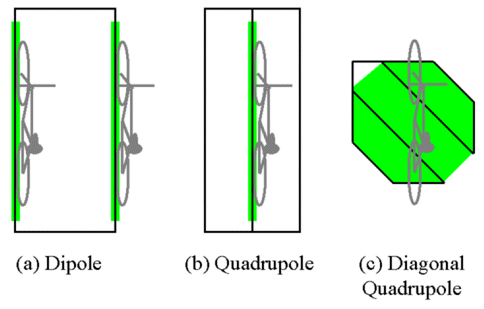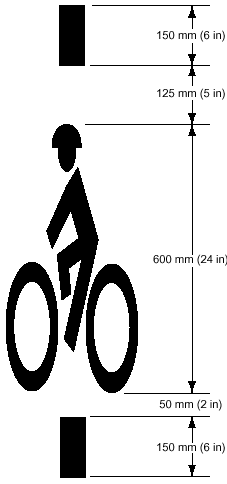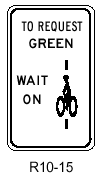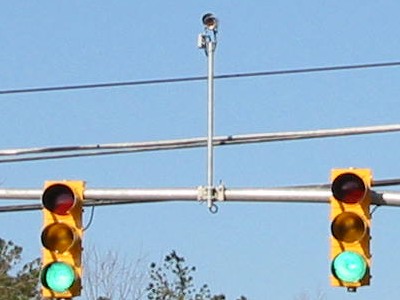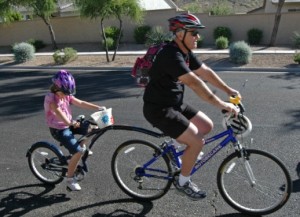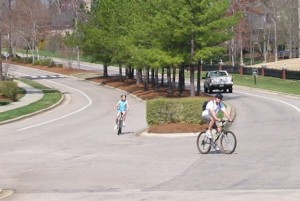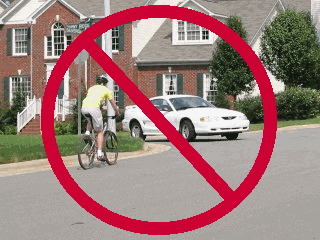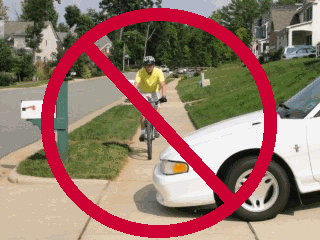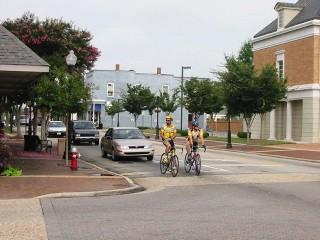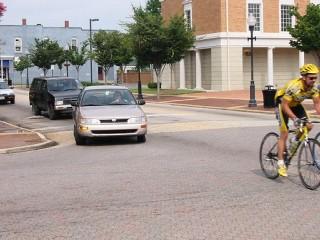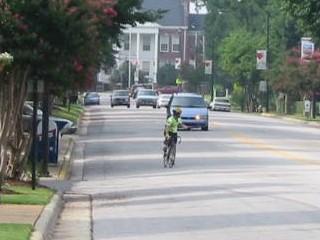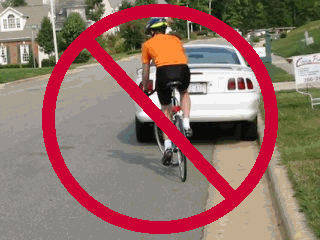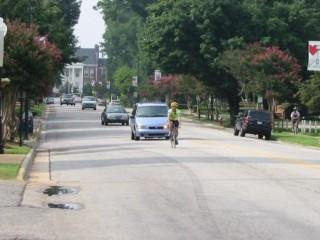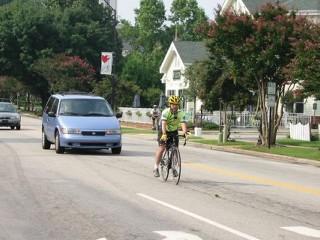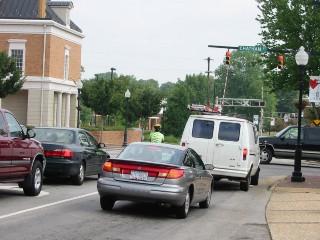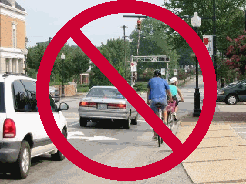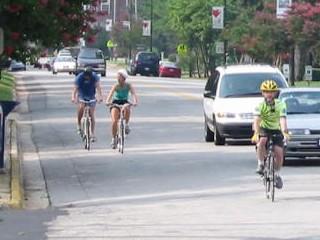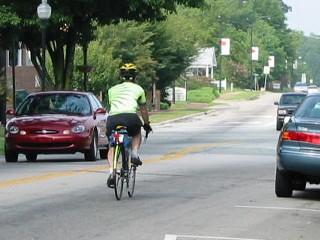Traffic Bicycling for Transportation Professionals: An All-Day Intensive Workshop
Thursday October 9, 8am-5:30pm at the University of North Carolina at Greensboro
Oriented toward transportation engineers, planners, and police, but open to all adults, this on-bike training course presents an evidence-based concept of operations for safe, efficient, and lawful bicycle driving in urban traffic. Participants enhance their bike handling skills, increase their capability and confidence in real traffic, and improve their understanding of how state traffic laws support successful bicycling. Bicycle crash data and crash causality are examined. Implications for transportation planning, facility design and law enforcement are discussed. Students receive certification for completing League of American Bicyclists Traffic Skills 101, a prerequisite for LCI certification. Total class time is 9 hours. Inexperienced bicyclists are welcome and encouraged to attend. Students must bring their own bicycle in good working order, a helmet, water bottle, and clothing comfortable for bicycling.
Instructor Steven Goodridge has been an avid commuting and recreational bicyclist for 30 years and is a League of American Bicyclists certified Master Instructor. As a board member of BikeWalk NC, Steven developed the Bicyclist Safety and Law Enforcement in-service training program used by police departments in North Carolina. In his day job, Steven develops forensic video technology for the law enforcement community.
Testimonials
“This course is a good starting point for transportation design professionals to actually understand what it is they’re designing for. Once cannot deliver a product without understanding the needs of the customer.” – Eric J. Lamb, PE, City of Raleigh Public Works Dept.
“As someone who has cycled for fun nearly all of my life, this class provided insight into utility cycling for transportation that has given me a new confidence to operate my bicycle as a vehicle. I particularly enjoyed the on-bike sessions and highly recommend this class to anyone interested in honing their cycling skills, learning about the rules of the road and experiencing on-road cycling the right way.” – Juliet Andes
“I appreciated the focus on road safety in traffic conditions. The messages that are reinforced through classroom exercises as well as on-road segments are worthwhile for bicyclists at any skill level. I have been riding a bicycle since I was a kid, but only recently have become interested in knowing more about “driving” a bicycle as a responsible operator on public streets, which I have been doing for several years now in Raleigh, North Carolina. I learned in the class that, while I am experienced and not fearful in traffic, I have some bad habits that I need to break, and that even a fairly experienced on-road bicyclist can still learn a surprising amount about control and proper positioning on the street to improve my skills and increase my safety factor in different situations.” – J. Scott Lane
Course Agenda
8:00-9:00 Classroom Session 1: Getting Started
Introduction to objectives and concepts
Bicycle equipment and fit
Lighting and visibility
ABC Quick Check
Starting, stopping, shifting
Looking back, signaling
Emergency handling skills
9:00-9:10 Break
9:10-10:50 On-Bike Session 1: Bike Handling (parking lot and quiet street)
10:50-11:00 Break
11:00-12:15 Classroom Session 2: Bicycle Driving Fundamentals
Rules of the Road for Drivers
Special Considerations for Bicyclists
12:15- 1:15 Ride to Lunch
1:15-2:15 On-Bike Session 2: On the Road (two-lane 25 mph roads)
2:15-2:30 Break
2:30-3:30 Classroom Session 3: Dealing with Challenges
Crash data analysis, common crash types and causes
Traffic hazards, surface hazards, obstacles
Bike lanes and multi-use paths
Traffic signal detectors
3:30 – 4:45 On-Bike Session 3: Traffic Cycling and On-Road Testing
(busier, faster and multi-lane roads, various lane widths, turn lanes)
4:45-5:00 Break
5:00-5:30 Classroom – Written Test, Graduation, Course Evaluations
$50 fee, limit 30 participants
Register online at https://www.regonline.com/builder/site/?eventid=1579576
